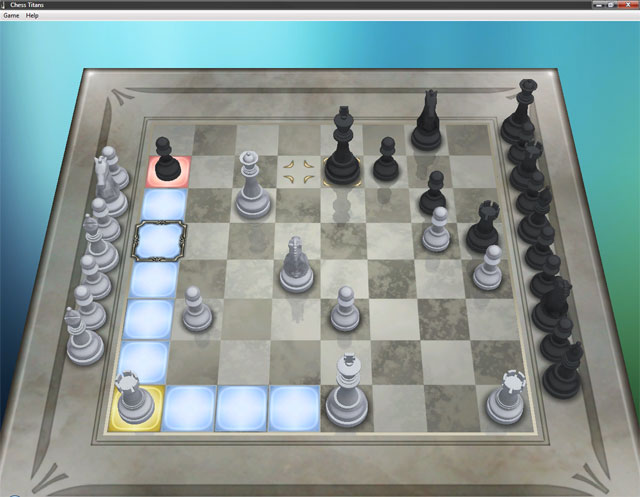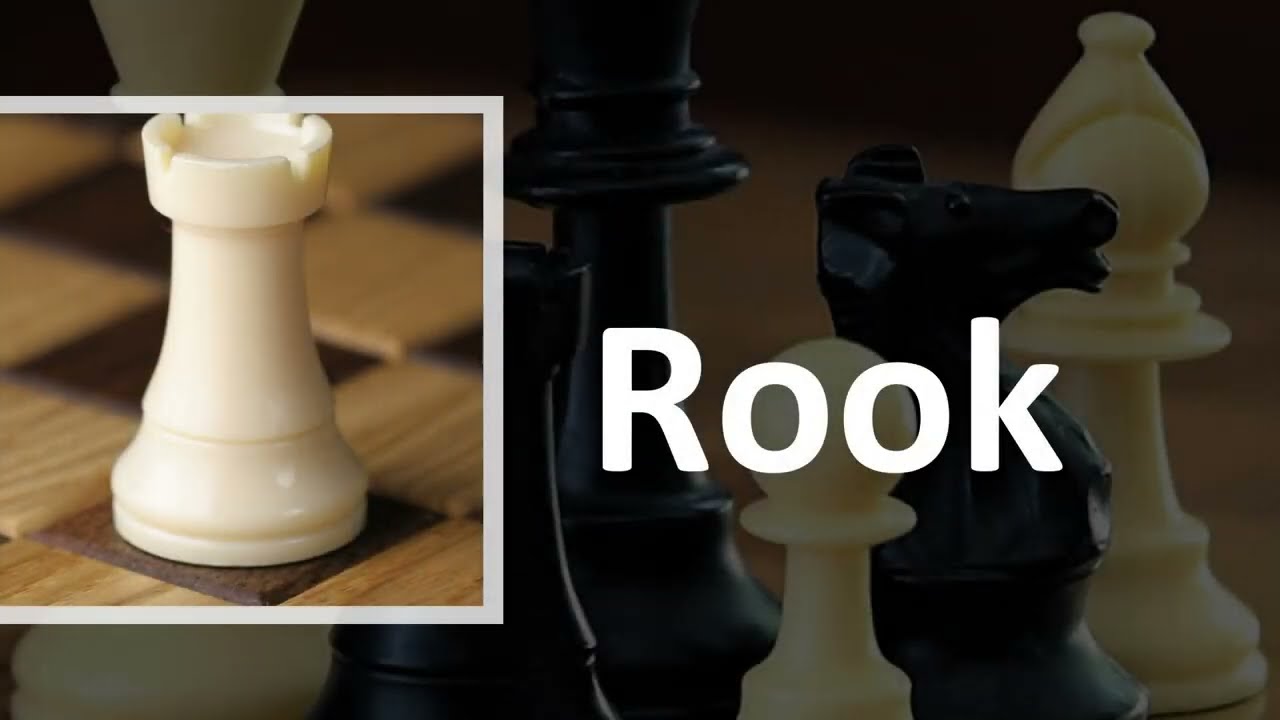When you see the crossword clue “Rook to a chess newbie” in the New York Times Mini, it might feel confusing at first. The wording looks simple, but the puzzle is testing both your chess knowledge and your ability to think about how beginners see the game. In crossword language, this type of clue is playful and designed to make you stop and think.
A chess “rook” is a piece shaped like a tower, but many new players don’t call it by its correct name. Instead, they often refer to it as something else that matches how it looks. This is why the crossword clue works—it wants you to think not like an expert, but like someone who is just starting out. The answer is not the formal name but the common nickname.
The Confirmed NYT Mini Answer: “CASTLE”
The official answer to the clue “Rook to a chess newbie” is CASTLE. This makes sense because beginners often call the rook a castle, even though that’s not the official chess term. The rook sits in the corner of the board and its tall tower-like shape gives it a castle-like look. So, to a chess newbie, the word “castle” feels natural.
In the crossword grid, this answer also fits perfectly. The clue required a six-letter word, and CASTLE is exactly six letters long. This shows how crossword clues are carefully designed to match the solution. Even if you weren’t sure of the answer at first, once you thought about how a new player would see the rook, CASTLE became the obvious choice.
Quick Context: NYT Mini Crossword Clue Appearance

The New York Times Mini Crossword is famous for being short and snappy. Instead of the large grid of the regular NYT Crossword, the Mini uses a 5×5 grid. That means clues are quick, but they often rely on clever wording. “Rook to a chess newbie” is a perfect example because it takes a small piece of knowledge and twists it slightly.
Clues like this usually appear in the Mini on weekdays and are meant to be solved in under two minutes by experienced solvers. The Mini is also more casual, making it great for beginners. This particular clue highlights why the Mini is fun—it mixes culture, language, and logic in just a few words.
Chess 101: Rook, Castling, and Common Misconceptions
The rook is one of the most powerful chess pieces. It moves straight across rows and columns and becomes especially strong in the endgame. However, beginners rarely think about its technical role. They see its tower-like appearance and give it a nickname: the castle. This is why the crossword answer makes sense for newcomers.
It’s also important not to confuse the rook with the move called “castling.” Castling is a special chess rule where the king and rook move at the same time. Many people mix these up, but in crosswords, “castle” as a word for rook usually refers to the piece’s look, not the move. Understanding this difference can help you in both chess and puzzles.
How to Spot Wordplay in Short Clues
One of the best ways to improve at crossword puzzles is to recognize wordplay. In this clue, the trick is that it doesn’t ask for the official chess term. Instead, it wants the word a beginner would use. This small twist makes it clever but also solvable once you think about it.
When solving short crossword clues, always ask yourself: is the clue literal, or is it a misdirection? Often, crossword setters hide the real answer behind everyday misunderstandings. Here, the confusion between “rook” and “castle” is exactly that kind of misdirection.
Step-by-Step: Solving This Clue in the Grid

If you were solving this clue in the Mini, the best method would be to check the number of letters first. The puzzle needed a six-letter word, which helps eliminate shorter guesses like ROOK or TOWER. CASTLE fits perfectly in six letters.
Next, you’d look at the crossing letters from other clues. Crossword solvers often rely on filling in a few letters and then spotting the word that makes sense. Even if you didn’t know much about chess, seeing “C_A_T_E” would make CASTLE the obvious solution.
Related Chess Clues You Might See
The New York Times often includes chess references in its puzzles. Some common ones include “mate” for checkmate, “rank” for rows, and “file” for columns. Abbreviations like ELO, which is a chess rating system, also appear frequently.
Other tricky chess clues include terms like “en passant,” which is a special pawn capture, or “pawn,” “knight,” and “bishop.” Crossword writers love using chess because it mixes short words with interesting meanings. So once you’ve solved “rook to a chess newbie,” you’ll be ready for many other chess-related clues.
Speed Tips for NYT Mini Beginners
If you’re new to the NYT Mini, one smart strategy is to start with the easiest clues first. These are usually the ones with obvious answers, often in pop culture, food, or everyday language. Once you fill in a few of these, the harder ones become easier because you’ll already have crossing letters.
Another useful tip is to practice solving on a phone or computer. The Mini is designed for quick play, and digital solving lets you type faster. Some solvers try to finish in under a minute, but for beginners, just finishing without mistakes is the best goal.
Common Pitfalls and How to Avoid Them
One common mistake in crossword solving is overthinking. Many solvers see a clue like “Rook to a chess newbie” and try to remember difficult chess terms. But the trick is that the answer was much simpler than expected. Always consider the most basic possibility first.
Another pitfall is ignoring grammar or tense hints. For example, a clue ending in “-ing” probably wants an -ING word. Paying attention to little details like singular versus plural or past versus present can save you from errors.
Beyond the Mini: Learn a Bit of Chess

Crossword puzzles sometimes inspire people to learn about the topics mentioned. If this clue sparked your interest in chess, it’s worth learning a little more about the rook. In endgames, rooks are especially powerful and can easily checkmate the opposing king with support.
You don’t have to become a grandmaster, but learning basic piece names, moves, and strategies can make both chess and crosswords more enjoyable. That way, the next time you see a chess clue in the NYT Mini, you’ll know the answer right away.
Mini Meta: Why “CASTLE” Works So Well
The word CASTLE works perfectly as a crossword answer because it connects both visually and culturally. Even people who don’t play chess much recognize that the rook looks like a castle tower. That makes the answer fair for a wide audience.
It also works well in the grid because it has six letters, which is a common word length for crossword setters. Short, symmetrical answers like this one are satisfying to solve because they balance cleverness with accessibility.
FAQs
Is “castle” an official chess piece name?
No, the official name is “rook.” However, many beginners use “castle” because of its shape.
What’s the difference between rook and castling?
The rook is a chess piece, while castling is a move involving the rook and the king.
How often do chess clues appear in the NYT Mini?
Chess clues appear fairly often, especially with short words like “mate,” “pawn,” and “ELO.”
What to do if multiple answers seem to fit?
Always check the number of letters and crossing words. This usually reveals the correct solution.
Best resources to practice Minis quickly?
The official NYT Games app, along with puzzle blogs and solving guides, are great resources for practice.
Related Post:




